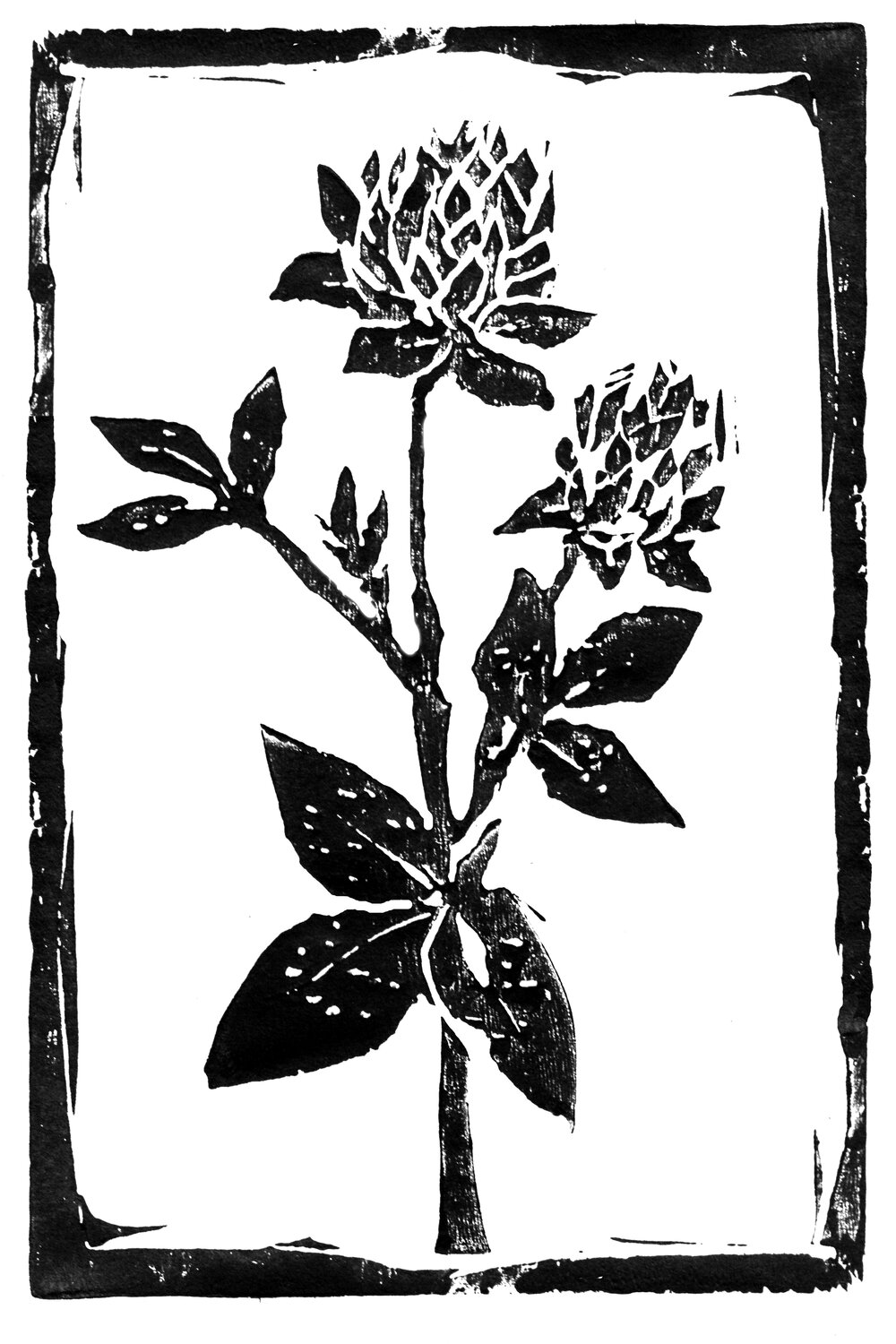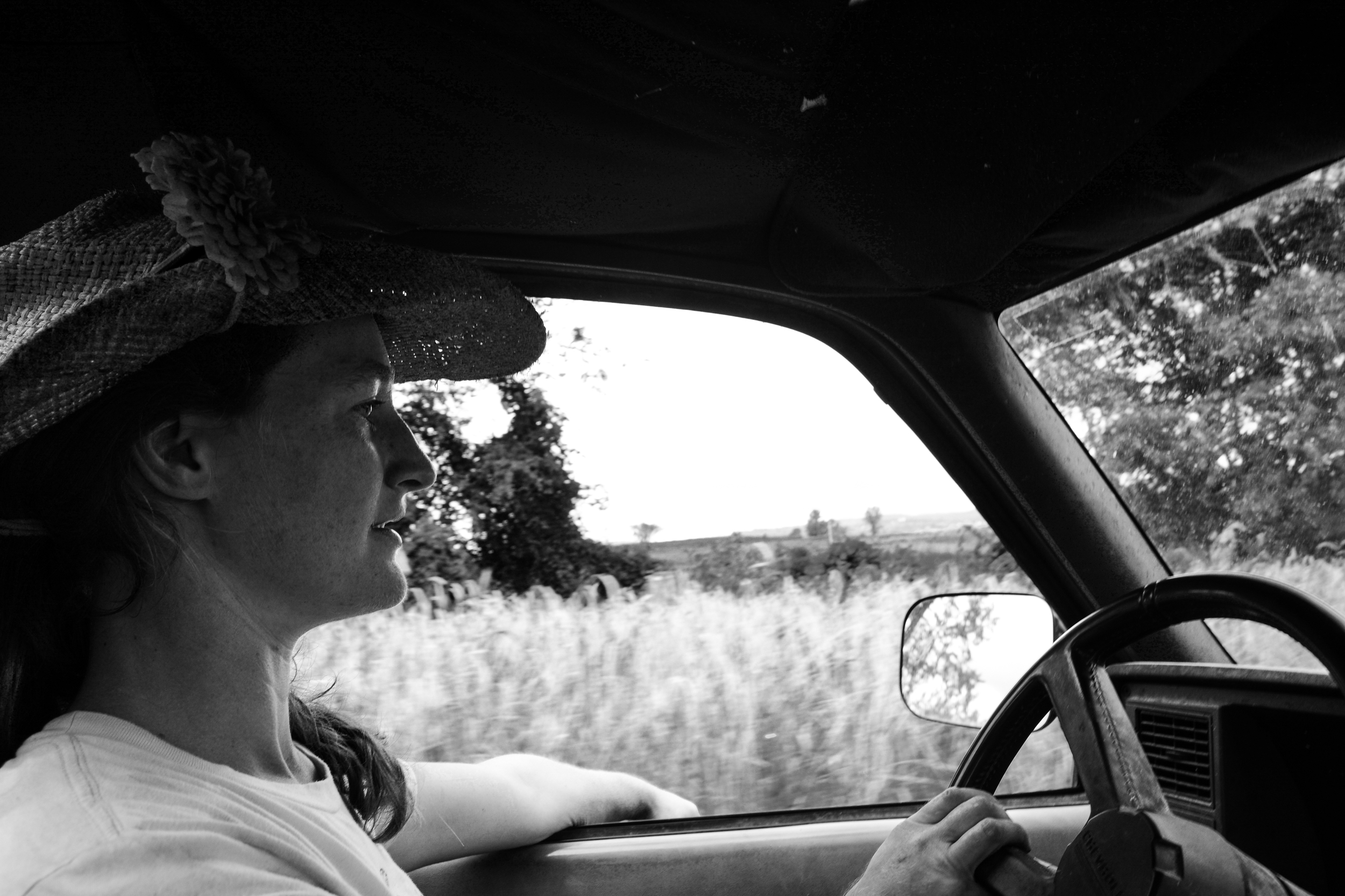Now that spring is here, our eggs are coming into their full glory. The hens are out on pasture, eating tender shoots and seedlings, and bugs that are just starting to hatch out. They are reveling in the warming sunshine, stretching their wings, digging themselves dust baths. The egg yolks are turning vibrant saffron, and standing tall. They are velvety, and the white is thick and firm. If ever there was a time to eat eggs, it’s now.
One of my favorite ways to feed the farm crew a hearty lunch on a short timetable is a frittata. It is a flexible dish, able to envelop a wide variety of flavors and variations, as well as being a very filling one-dish meal. I can usually get a frittata on the table within 45 minutes of getting in the kitchen, and more than half that time is inactive cooking time, where I don’t even need to watch it, so I can be setting the table, making a side salad if I want one, playing with my kid, changing my clothes, whatever I want. I often incorporate random bits of leftovers from the fridge, so it’s a great dish for cleaning out the fridge at the end of the week, or using up tiny amounts of leftover veggies that are not enough to make a dish on their own. 5 mushrooms? Throw them in! Half a cup of shredded cheese from taco night? Sure! One pork chop? Yum!
My basic recipe is tailored for my 8 inch cast-iron skillet, which is what I use when I am cooking for my family, rather than for the farm crew. It can be scaled up to my 10 inch cast iron skillet for my crew. I’ve never tried it in anything bigger. I start by setting the oven to 350 degrees, and with a couple tablespoons of butter or bacon grease in my skillet, and generally with one chopped onion. While I’m sauteeing the onion over medium-low heat, I’m chopping any other veggies I want to put in. Mushrooms, chard, kale, celery, garlic, carrots, summer or winter squash, beets, potatoes, broccoli, corn, peppers, peas … well, you get the point. I have used all of these veggies, and many others, in my frittatas. Not all at once – I usually just have a couple around, and I aim to have my skillet a little over half full before I add the eggs. In addition to veggies, you can also have meat and cheese in your frittata. If I have leftover meat from a previous meal, this is one of my favorite places to use it up. I often use chicken, turkey, or pork – any pork will do: a chopped-up pork chop, some browned crumbled sausage, a bit of bacon or ham. Again, I’m shooting for my skillet to be a bit over half full before the eggs go in.
While everything is sauteeing, I get out a medium bowl and start cracking eggs. For my 8 inch skillet, I use a dozen eggs. I generally add about ½ cup milk to the eggs (you can use yogurt – one of our interns says this makes a fluffier final product), as well as 1/2 teaspoon of salt and ¼ teaspoon of pepper.
If I want to add other seasonings – like sage or thyme – I add them to the skillet while everything is sauteeing. Once I have the eggs, milk, salt and pepper in a bowl, I beat them with a fork until the mixture is pretty homogenous, then stir the skillet one more time, then pour the egg mixture into the skillet, trying to get it spread out evenly. It should be enough liquid to cover the solid mixture in the pan.
If I want to have cheese in my frittata, I either add it right before the egg or right after, and I have used both shredded and cubed cheese (you could use sliced, too). After the egg mixture is in, I set the timer for 6 minutes and walk away.
After the timer goes off, I come back and look – is it starting to look cooked around the edges? Is the egg looking stiffer, maybe even a little brown at the edge? If I shake the pan, does it seem to be getting more solid, or does it slosh like a pan of liquid egg? Generally after the 6 minute mark, it is getting pretty solid around the edges, so at that point, I transfer the skillet to the preheated oven, and set my timer for 15 minutes. Be sure to turn off the burner you were using – I can’t tell you how many times I’ve forgotten it. After 15 minutes in the oven, I check with a shake to the pan. Is it solid? Is it browning on top? If yes, it’s done. If it’s still a little liquid in the middle, give it another 5 minutes and check again. Ideally, when it’s done, I let it rest on the counter for 10 minutes before I cut into it. Sometimes I will serve this with bread and butter, sometimes with a salad, sometimes just on its own, if it has potatoes and other veggies in it, or if I’m in a rush.
The Recipe
2 tablespoons butter, bacon grease, or oil
4 cups cooked vegetables
½ teaspoon dried thyme (optional)
1 cup cooked meat (optional – increase veggies if excluding)
1 cup cubed or shredded cheese (optional)
12 eggs
½ cup milk or plain yogurt
½ teaspoon salt
¼ teaspoon black pepper
Preheat oven to 350 degrees. In an 8-inch cast-iron skillet, heat the butter or oil over medium heat. Add the vegetables of your choice – if using raw veggies, start with onion, and saute until translucent, then add other veggies and cook until tender. Once veggies are tender, add the cooked meat and herbs of your choice. While everything is melding, crack the eggs into a bowl and whisk with the milk, salt, and pepper. Cube or shred the cheese. When the mixture is cooked to your liking, stir once more, top with the cheese, then pour the egg mixture over. Allow to cook for 6 minutes. After 6 minutes, transfer to the oven and bake for 15 minutes. If it is not quite set in the middle, cook for an additional 5 minutes. Remove from the oven and allow to rest about 10 minutes before serving. Serve with generously buttered bread and a salad, or nothing at all.













